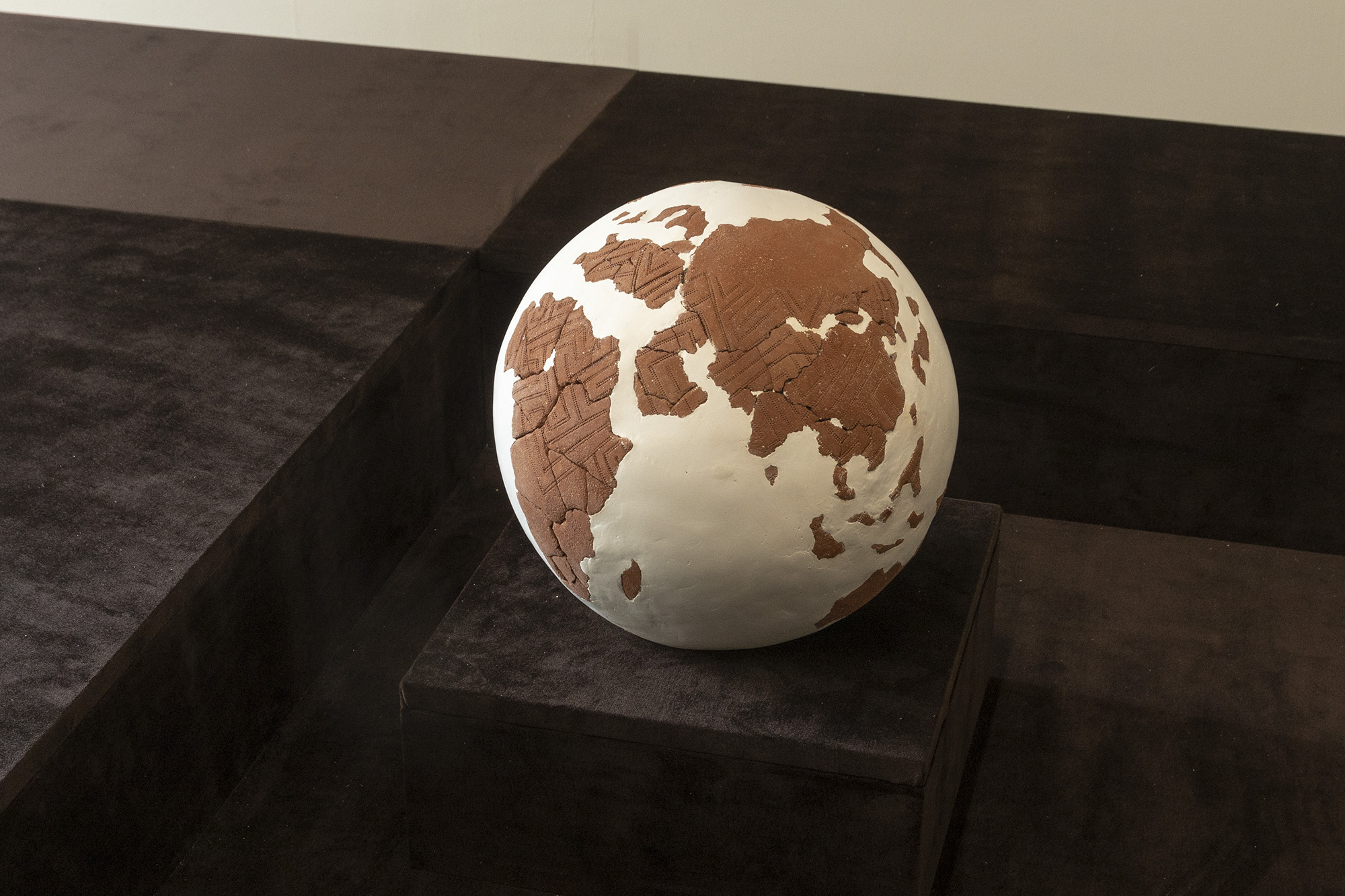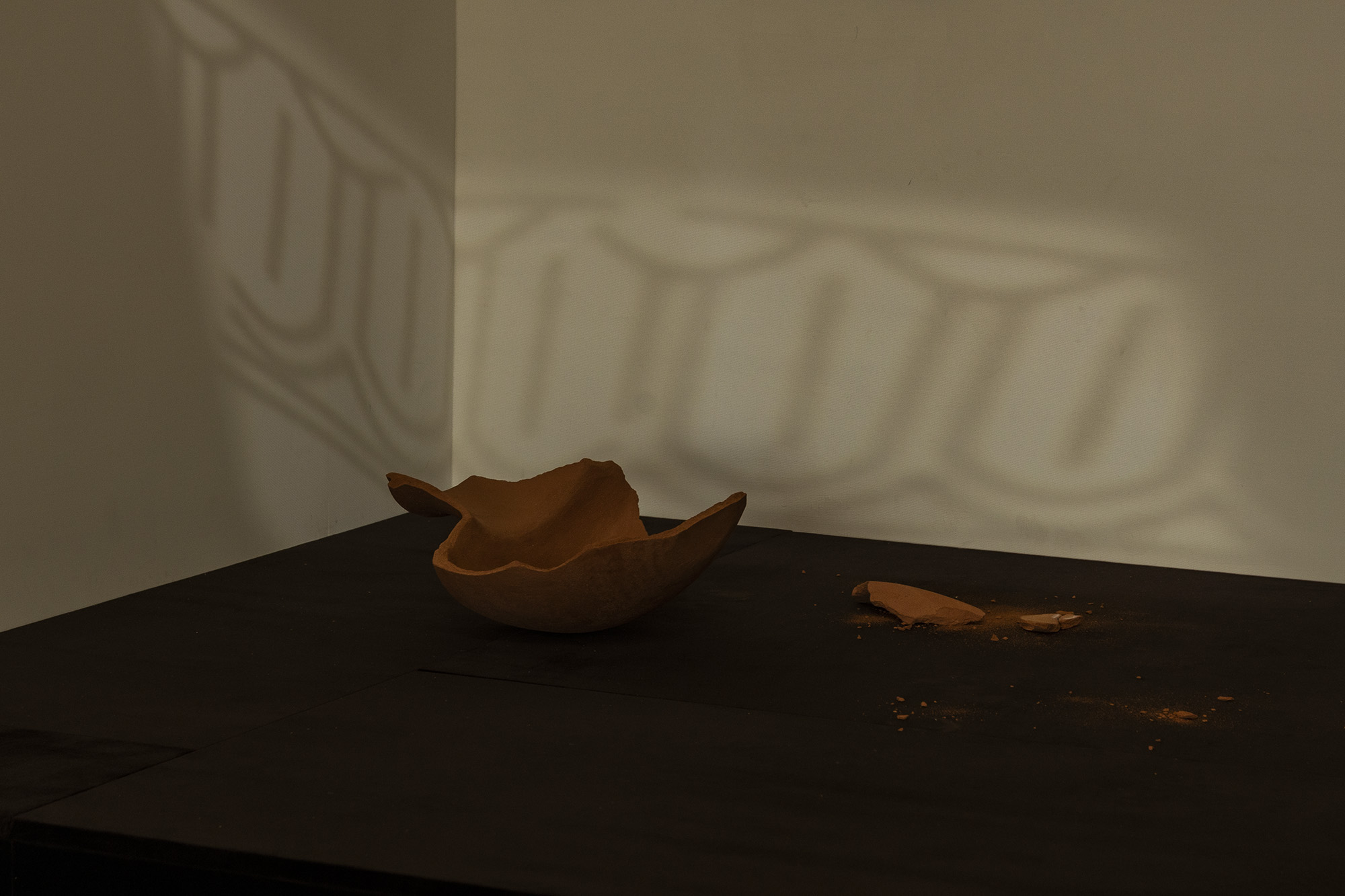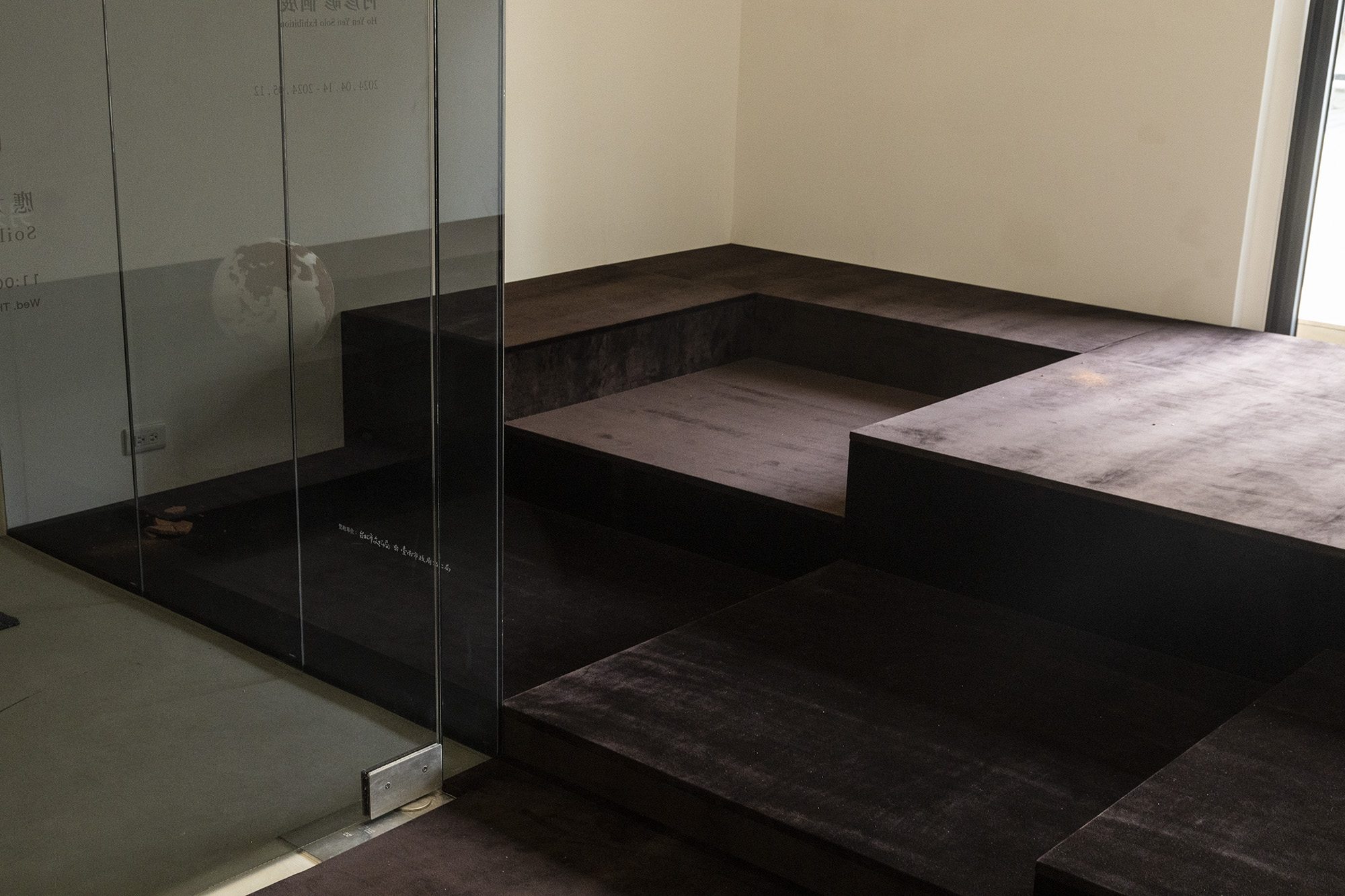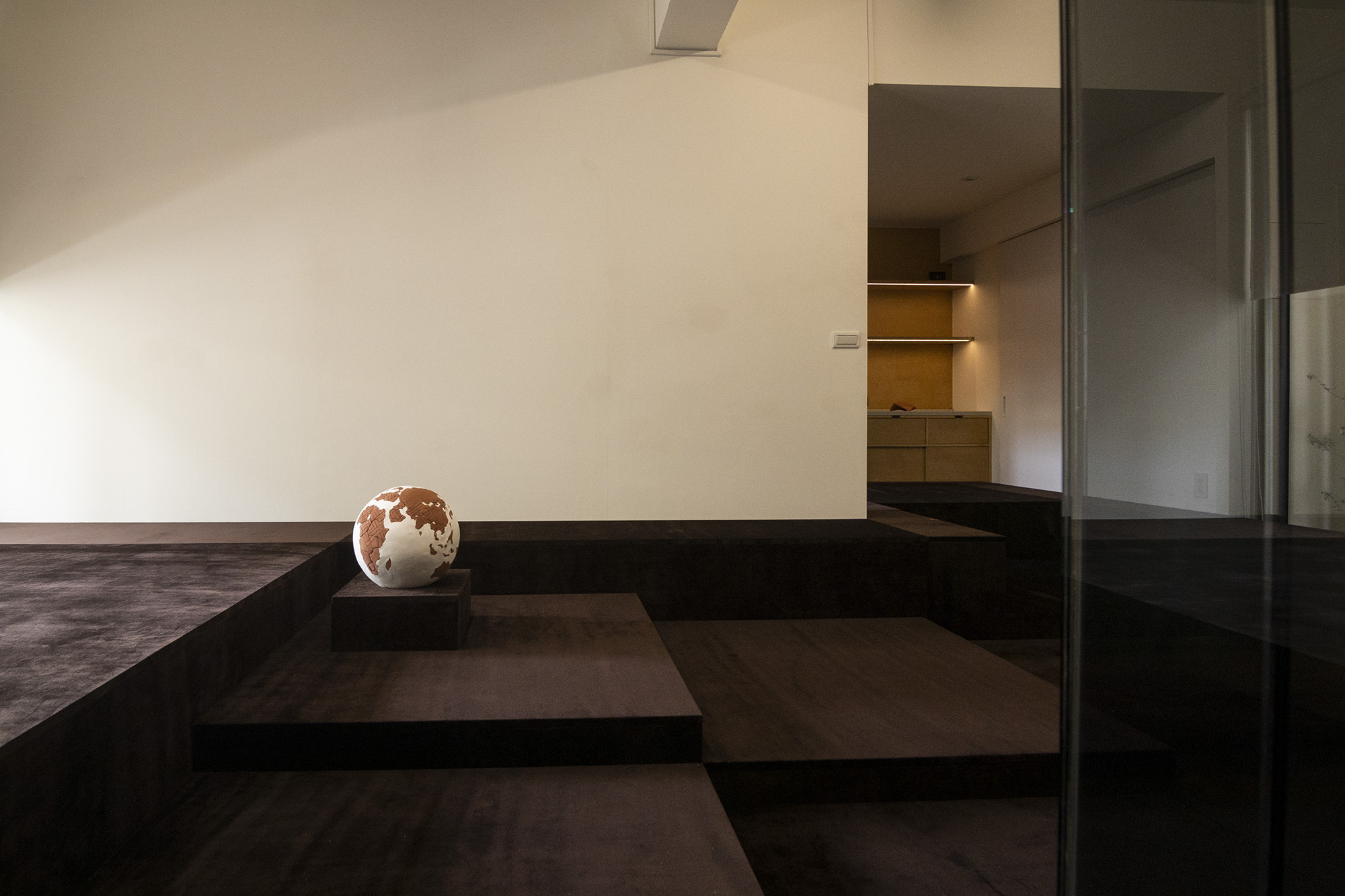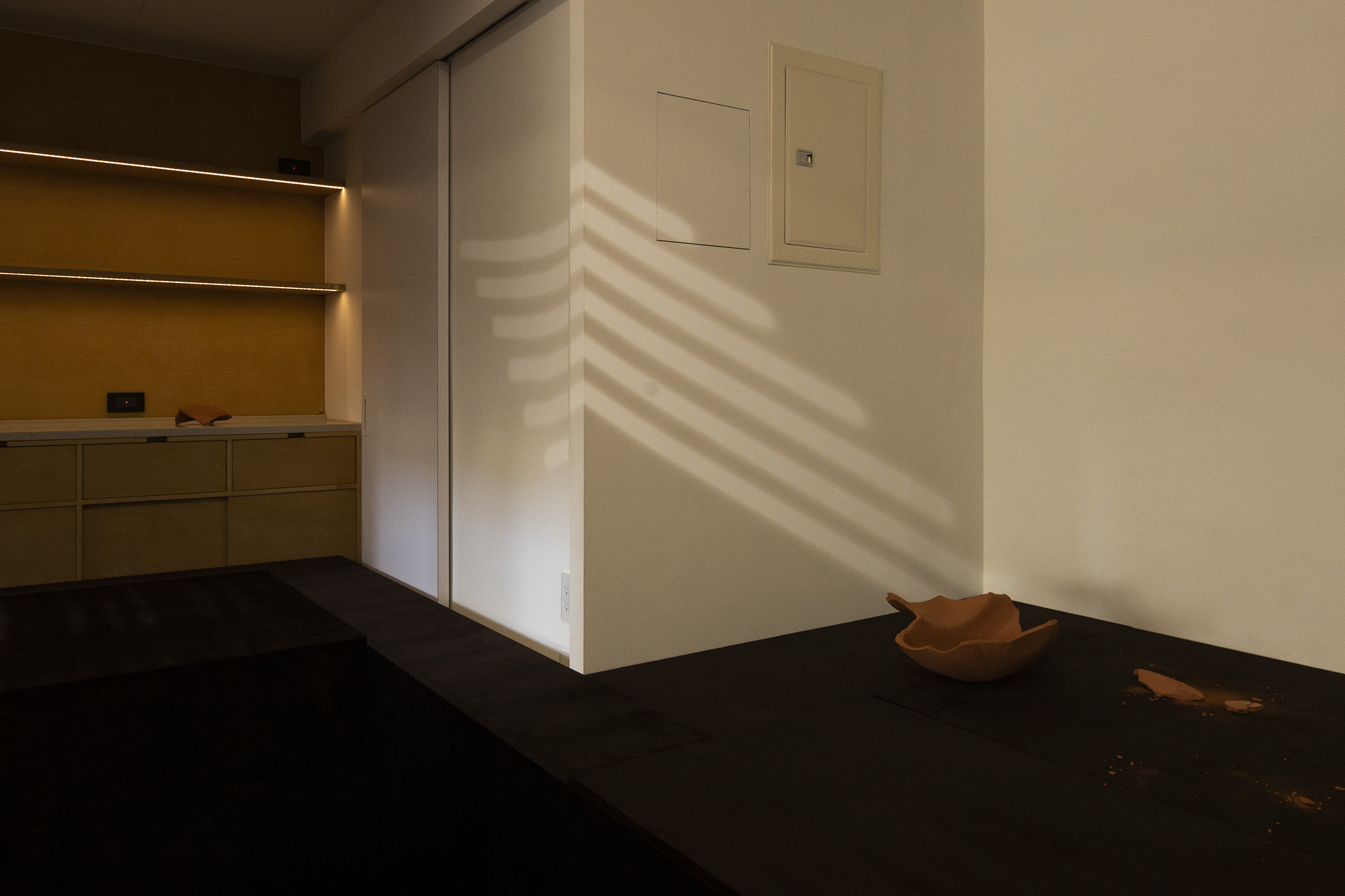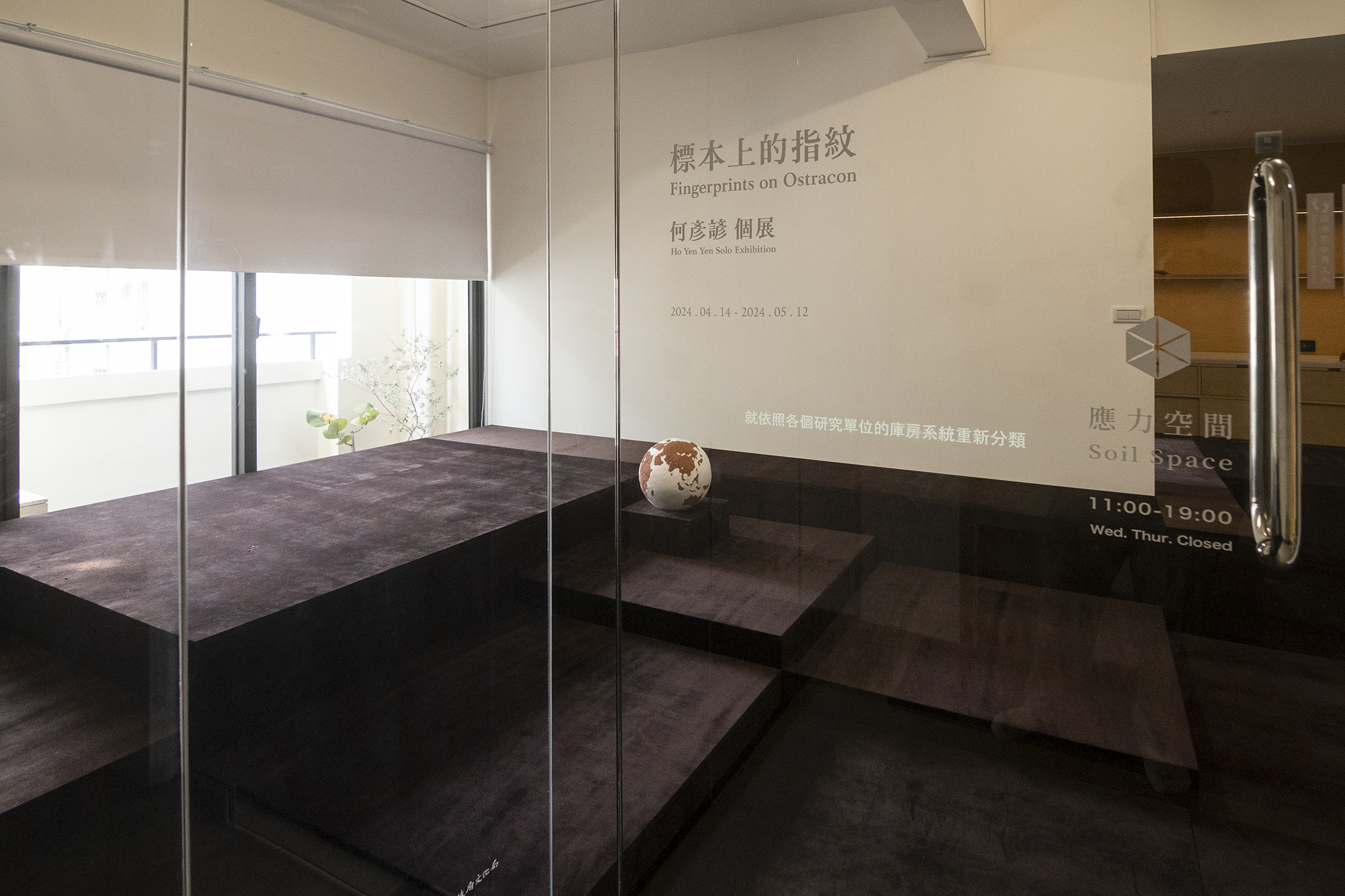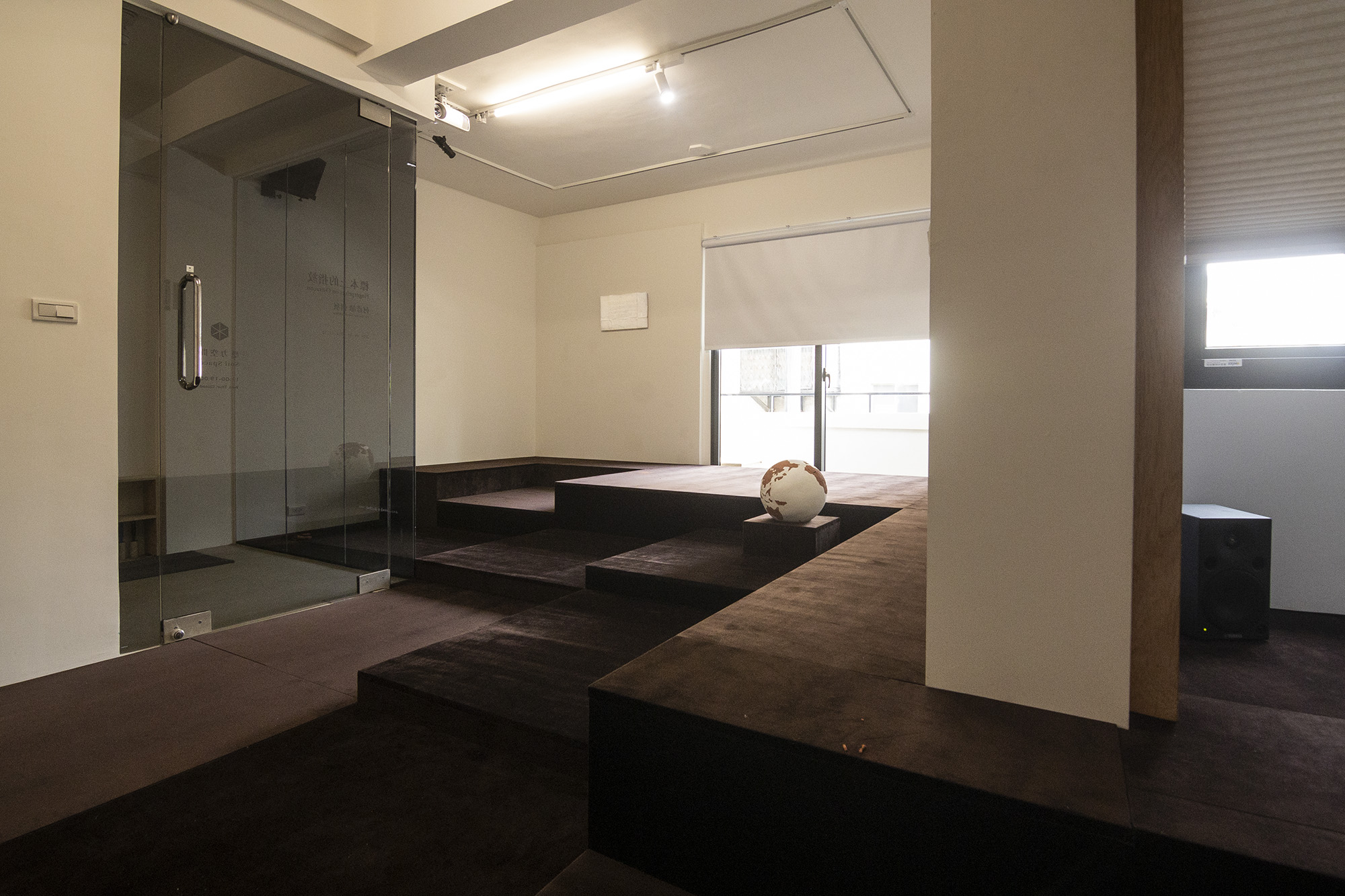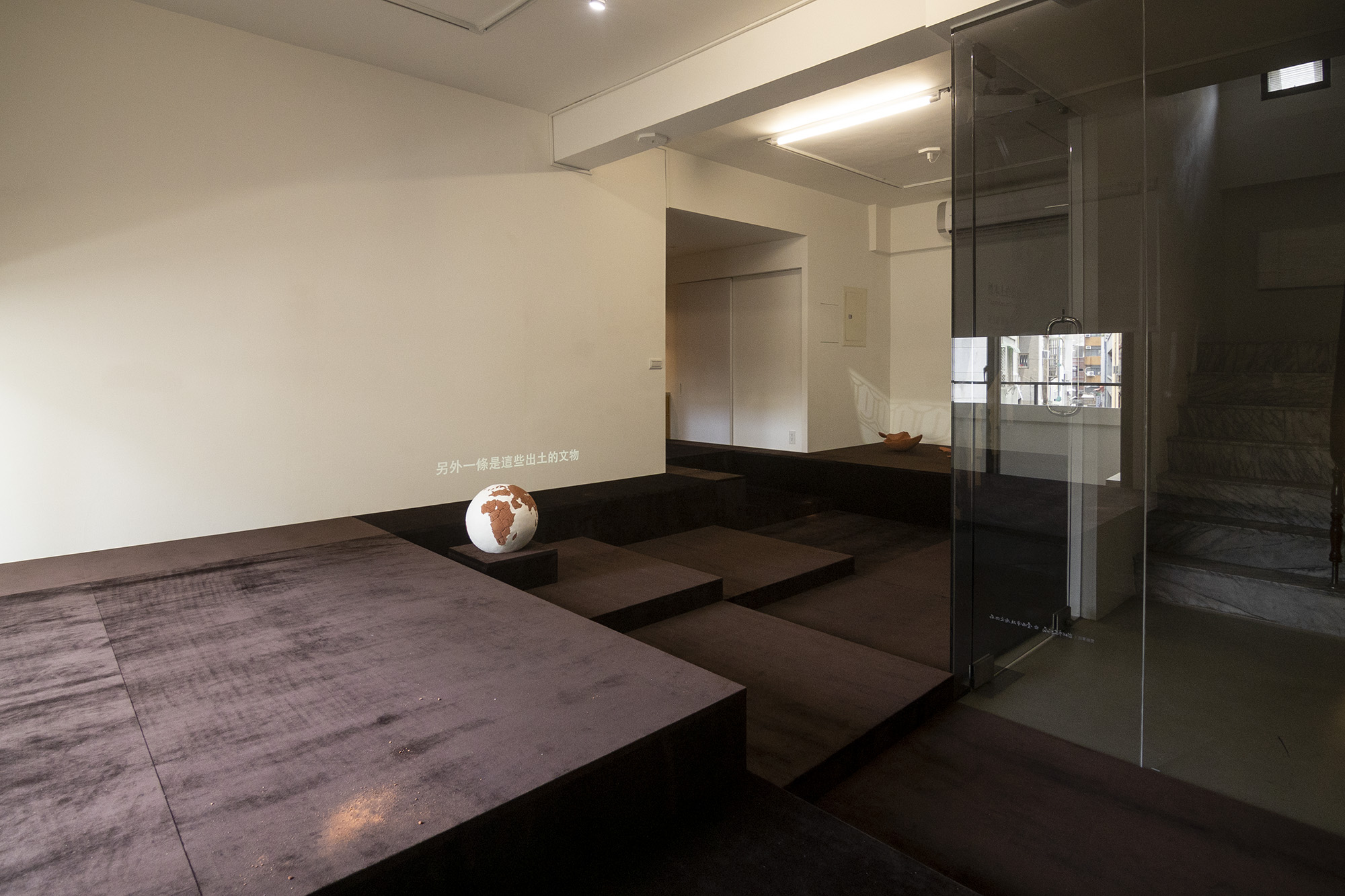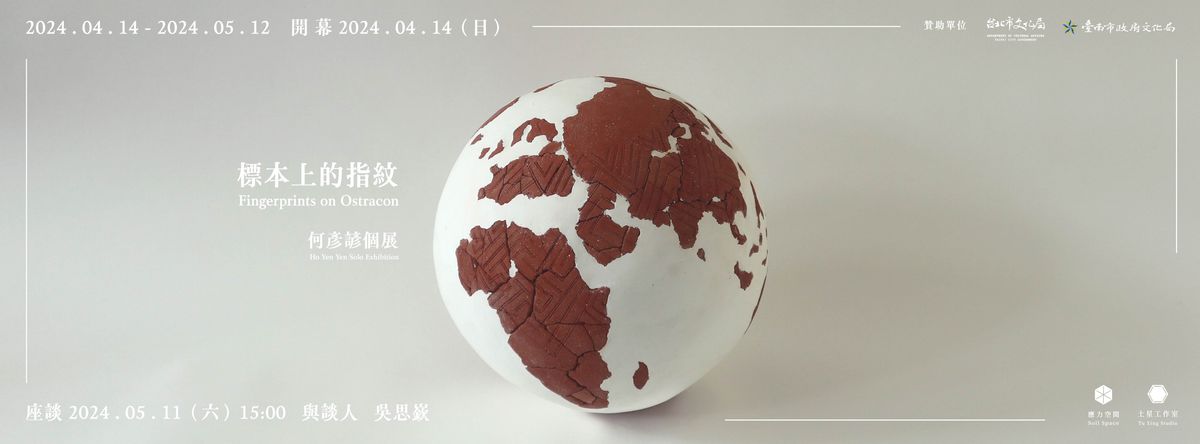
▎時間:2024/04/14(日)-05/12(日)
▎開幕:2024/04/14(日)15:00-19:00
▎座談:2024/05/11(六)15:00 與談人 吳思嶔
▎公休:每週三四(Closed on Wed & Thu)
▎地點: 台南市中西區民權路二段64巷56號3F
▎藝術家:何彥諺 Ho Yen Yen
▎主辦單位:應力空間Soil Space 、土星工作室 Tu Xing Studio
▎贊助單位:台北市政府文化局、台南市政府文化局
▎特別感謝:緩河製造所
「陸塊是一只只陶片,腳踏著紋飾是哼出來的歌。」
這是我在考古研究室打工時,如旋律般飄過腦中的一句話。研究室的主題是關於兩三千年前太平洋數個小島上,以陶器為主要發現的海上文化傳播路徑。盯著螢幕上正描摹的陶片線稿,在它後方貼著一張海島地圖,纖細的輪廓繞出兩個相似的形狀,我突然感覺這兩塊土其實是同一回事。一面沿標本上的紋路用滑鼠拉出路徑,一面想像我踩在破碎大地的隱形圖騰上,走出綿長旅途。澳洲土著人口中「足跡行經之處,以歌謠唱出陸地」是什麼意思呢?我好像懂了一些。
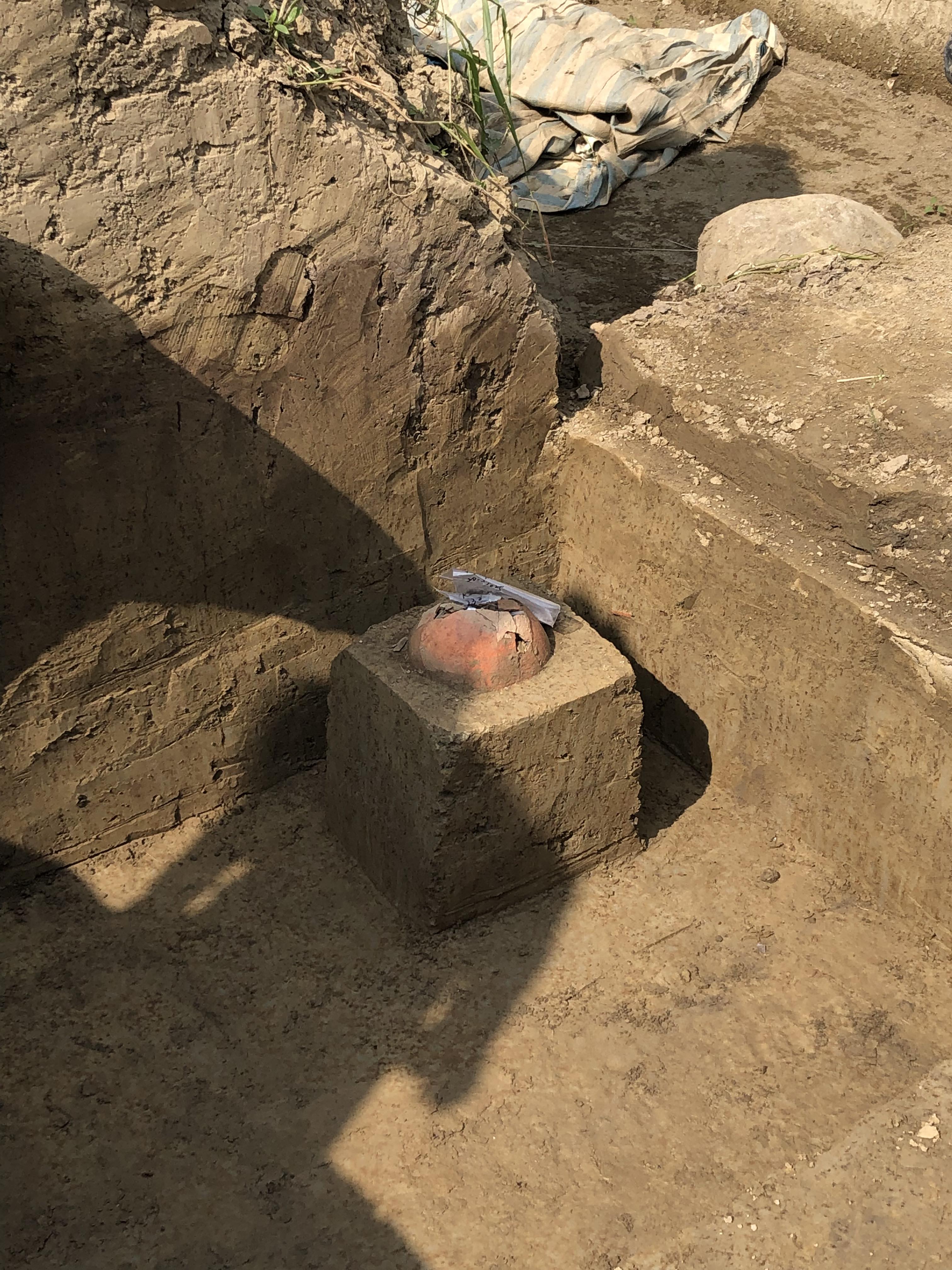 |  | 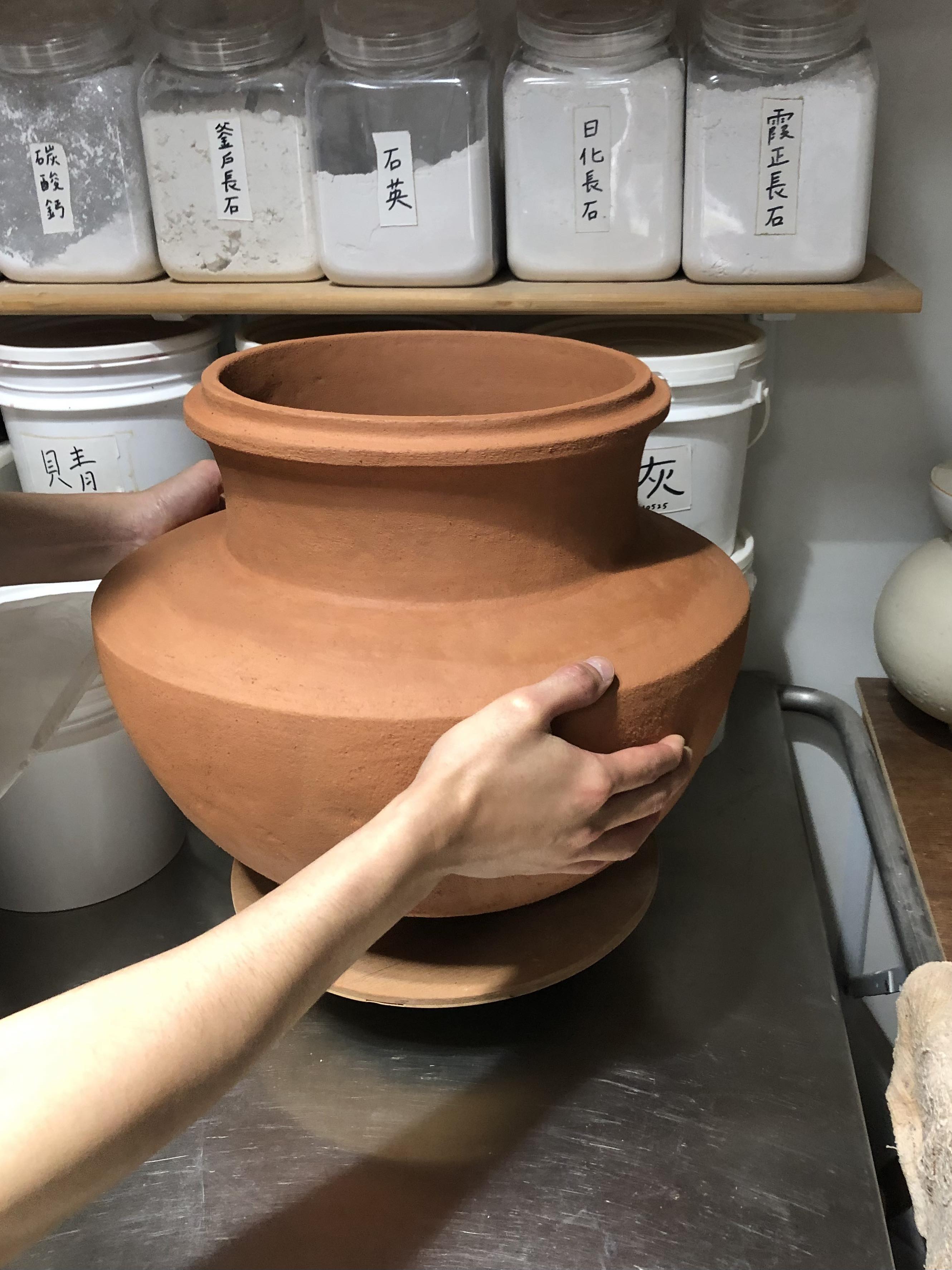 |
在研究室與庫房裡,出土的文物等待被命名,背面寫上各式筆跡;紋飾被符號化地拆解;破片在修復師的腦中拼補成整體;學者以物件和語料拼組出一個具說服力的虛構世界⋯⋯。在那個物件尚未被定義或誤解的時空狀態下,我窺見的並非數千年前原始住民的遷徙路線,而是沾在標本上如疊影般,或深或淺的指紋。
"In the archaeological laboratory where I worked part-time, a sentence floated through my mind like a melody: 'Each landmass is like a shard of pottery, stepping with patterns that hum out songs.' The laboratory's focus was on the pathways of maritime cultural dissemination across several Pacific islands, primarily discovered through pottery dating back two to three thousand years. Staring at the screen, tracing the outlines of pottery shards being depicted, with a map of islands pinned behind, I suddenly felt these two entities were one and the same. As I traced the patterns on the specimen with the mouse, I imagined myself stepping on an invisible totem of shattered earth, embarking on an endless journey. What did the indigenous Australians mean by 'where footsteps pass, land is sung into existence'? I felt like I understood something.
In the laboratory and storage room, unearthed artifacts awaited naming, with various inscriptions written on their backs; motifs were symbolically dissected; fragments were pieced together in the minds of restorers to form wholes; scholars pieced together a compelling fictional world with objects and linguistic evidence... In that state of temporal ambiguity where objects remained undefined or misunderstood, what I glimpsed was not just the migration routes of ancient indigenous peoples thousands of years ago, but fingerprints adhering to the specimens like faint or deep shadows.``
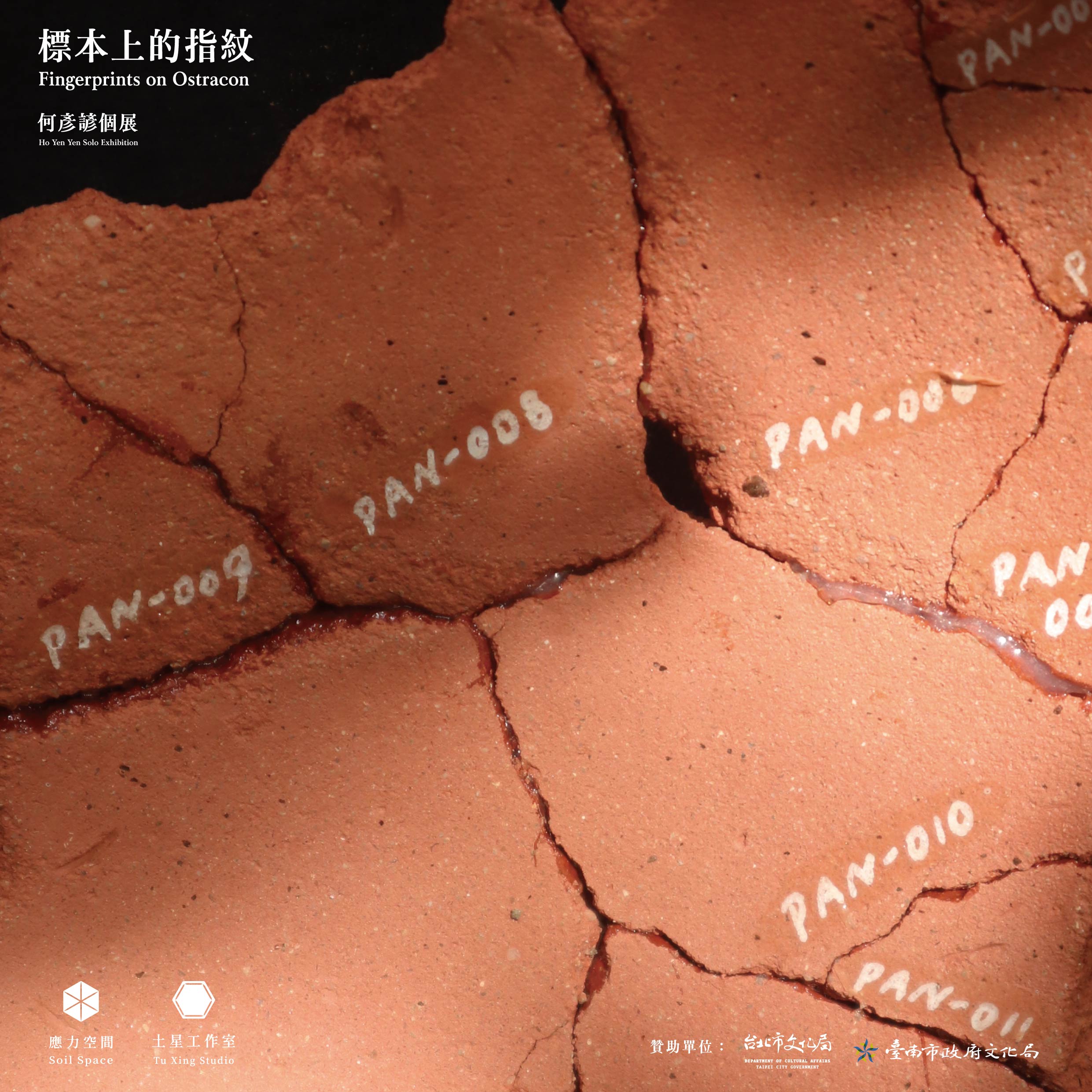
文|應力空間 Soil Space 主理人 彭奕軒
「人們總是透過腳下所踏之地,追尋歷史、連接現實」/何彥諺
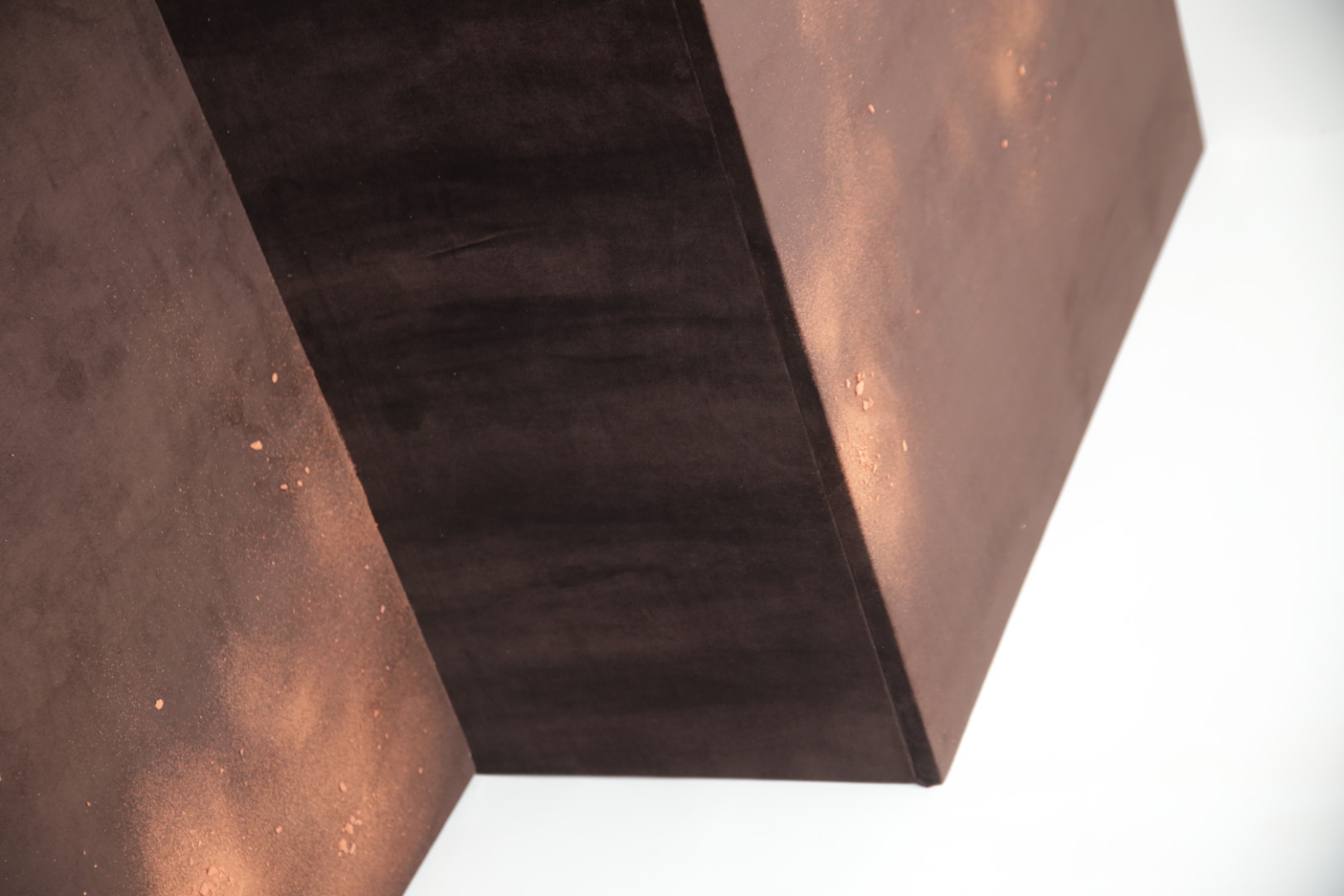
應力空間很榮幸邀請到台灣藝術家何彥諺,作為一位藝術工作者同時協助中研院歷史語言所:考古館,協助進行測量跟繪圖,並從工作中,感知到作為創作者以及考古建構回看的路徑及開拓想像的拼組。透過那些陶片被編號註記,以及從各國寄來的陶片進行拼組成形,陶片的辨識完成後就會經由線性圖檔被建構成資料庫,這也是彥諺每日的工作,清洗、測量、拍照、編號。
此次應力空間第一次被藝術家改造成遺址發掘地現場,藉由腳踩踏於現場,並感受到像土一般的絨布質地,並不停的在兩個方向之間翻轉;考古研究現場/文物展示現場。
透過幾何、光、聲線等多重與環境經驗感知,產生的某種連結,圖紋建構的光影,如同看著陽光映照著窗戶的倒影,單純的幾何形體,是否也就是某種透過自然之物產生的經驗對應。
"People always seek history and connect with reality through the ground they tread." - Yen-Yen Ho
Soil Space is honored to have invited Taiwanese artist Yen-Yen Ho, who not only works as an artist but also assists the Institute of History and Philology at Academia Sinica: Archaeological Museum, helping with measurements and drawings. Through this work, she perceives the path of reflection as a creator and the process of constructing imagination. Numbered shards of pottery, along with fragments sent from various countries, are pieced together, identified, and then documented into a database through linear graphics, constituting Yen-Yen's daily routine of cleaning, measuring, photographing, and cataloging.
This marks the first time Soil Space has been transformed by an artist into an archaeological excavation site. Stepping onto the site, one feels the velvety texture resembling soil, constantly shifting between two directions: the archaeological research site and the cultural artifact exhibition site.
Through the perception of geometric shapes, light, sound lines, and other multiple environmental experiences, a certain connection is formed. The light and shadow constructed by patterns resemble sunlight reflecting off windows, suggesting that simple geometric forms may correspond to experiences generated through natural phenomena.
 | 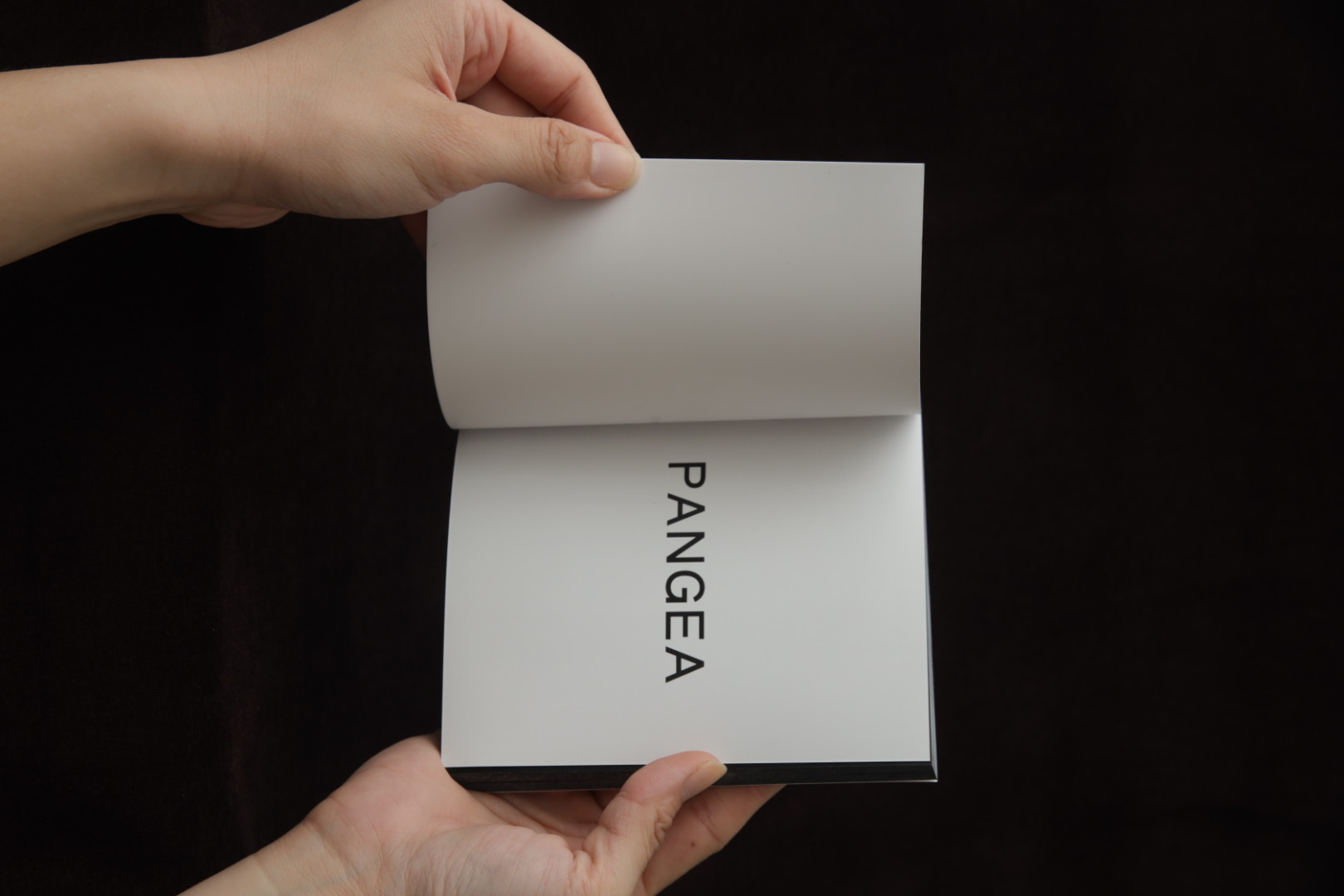 | 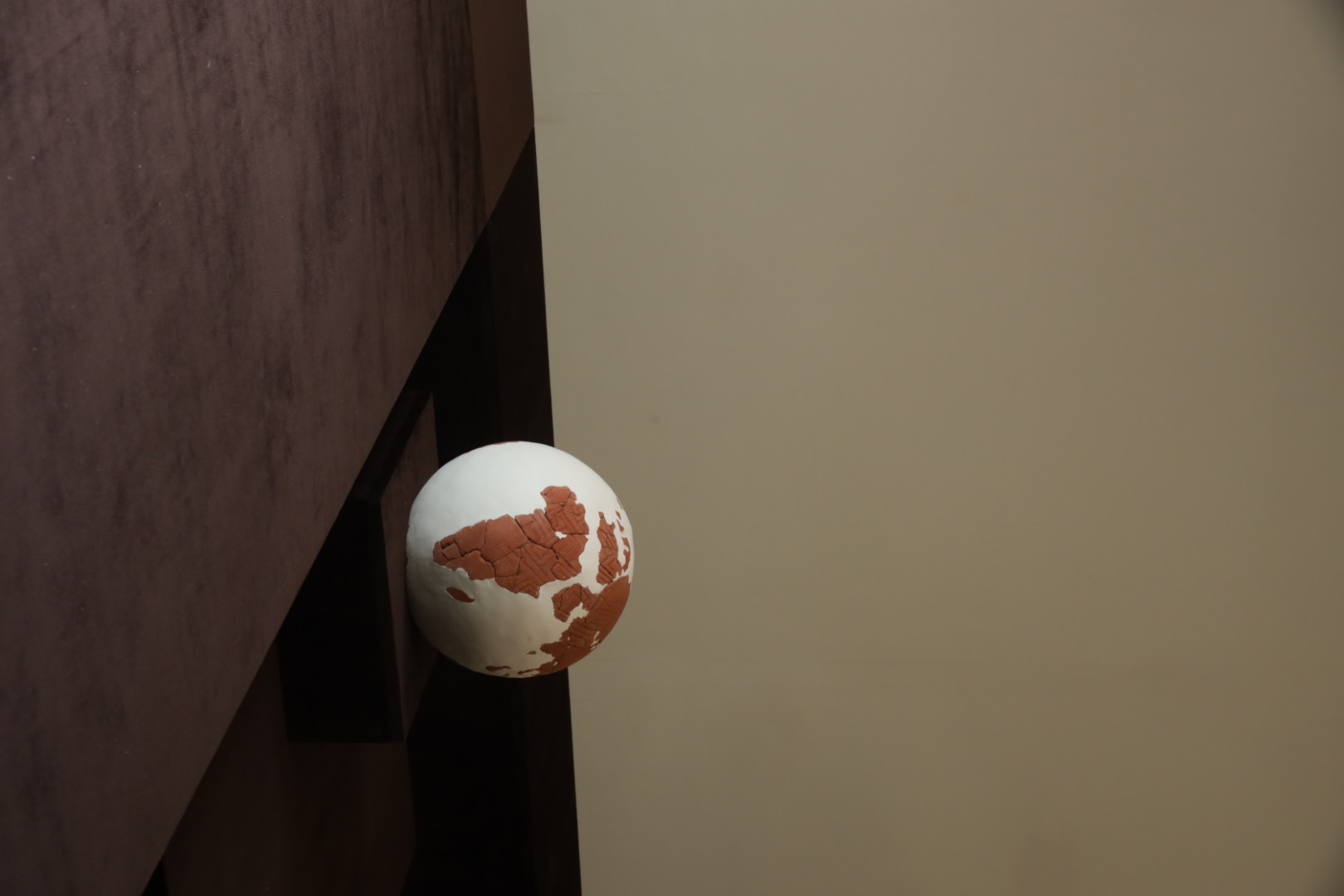 |
展場現場/Site
